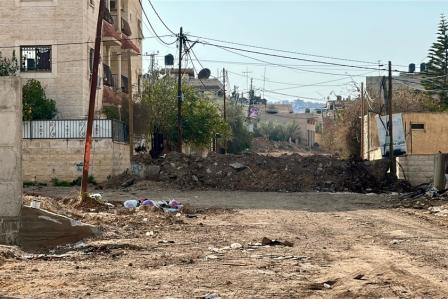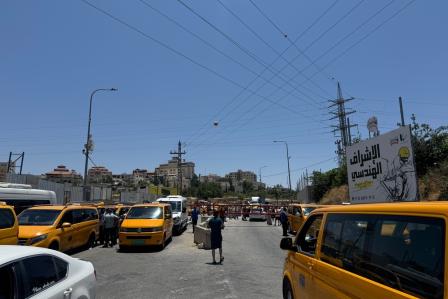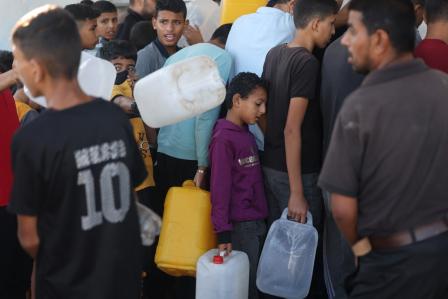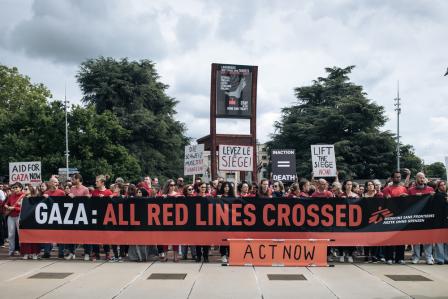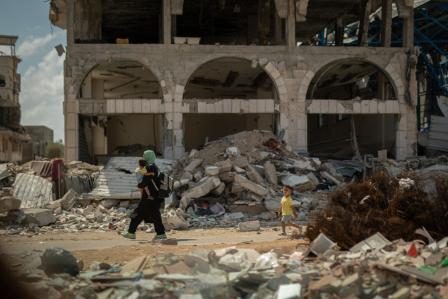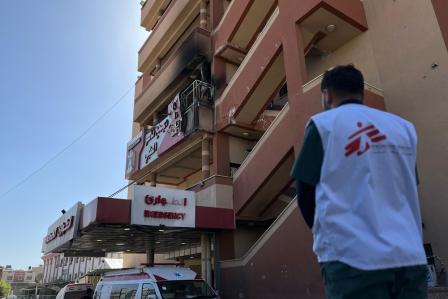Gaza: "The ceasefire needs to hold.”

Destroyed streets and buildings in Beit Lahia in Gaza Strip. Palestinian Territories, February 2025. © Nour Alsaqqa/MSF
Katrin Glatz Brubakk is a child psychotherapist and Mental Health Activities Manager for Doctors Without Borders/Médecins Sans Frontières (MSF). She recently returned from her second mission in the Gaza Strip, Palestine. Below she answers three questions about the state of people’s mental health in Gaza and why it is crucial for the ceasefire to hold.
You’ve been to Gaza twice, once from August to September 2024 and then from January to February 2025, what can you tell us about the state of people’s mental health when the ceasefire was announced?
"When the ceasefire started, people could finally breathe a bit easier. They had been in survival mode for more than 15 months and finally didn't have to worry that bombs would drop on their tents during the night or that their children might get killed while they went out to fetch bread or water. They started to gain a bit of hope that life might go back to some form of normal.
But then they started to worry about the future. How long would the ceasefire last? Could they move back to their old homes? How long would it take before their children could get back to school, and would there even be any kind of normal life again in Gaza with all the destruction? What I saw was the "grief of peace" emerging. During the war, survival was the only focus, but with the ceasefire, people began to grieve everything they'd lost: their houses, their normal life, family members—some still under the rubble—their children's education, their sense of security, prosperity, and hope for the future. Even though the bombs weren't falling anymore, there was still a lot of worry.
They've been clinging to the hope of getting back to their lives for as long as the ceasefire lasts. One of my colleagues said, "It doesn't matter how much has been destroyed, it doesn't matter that we've lost everything as long as they're not killing us.""

